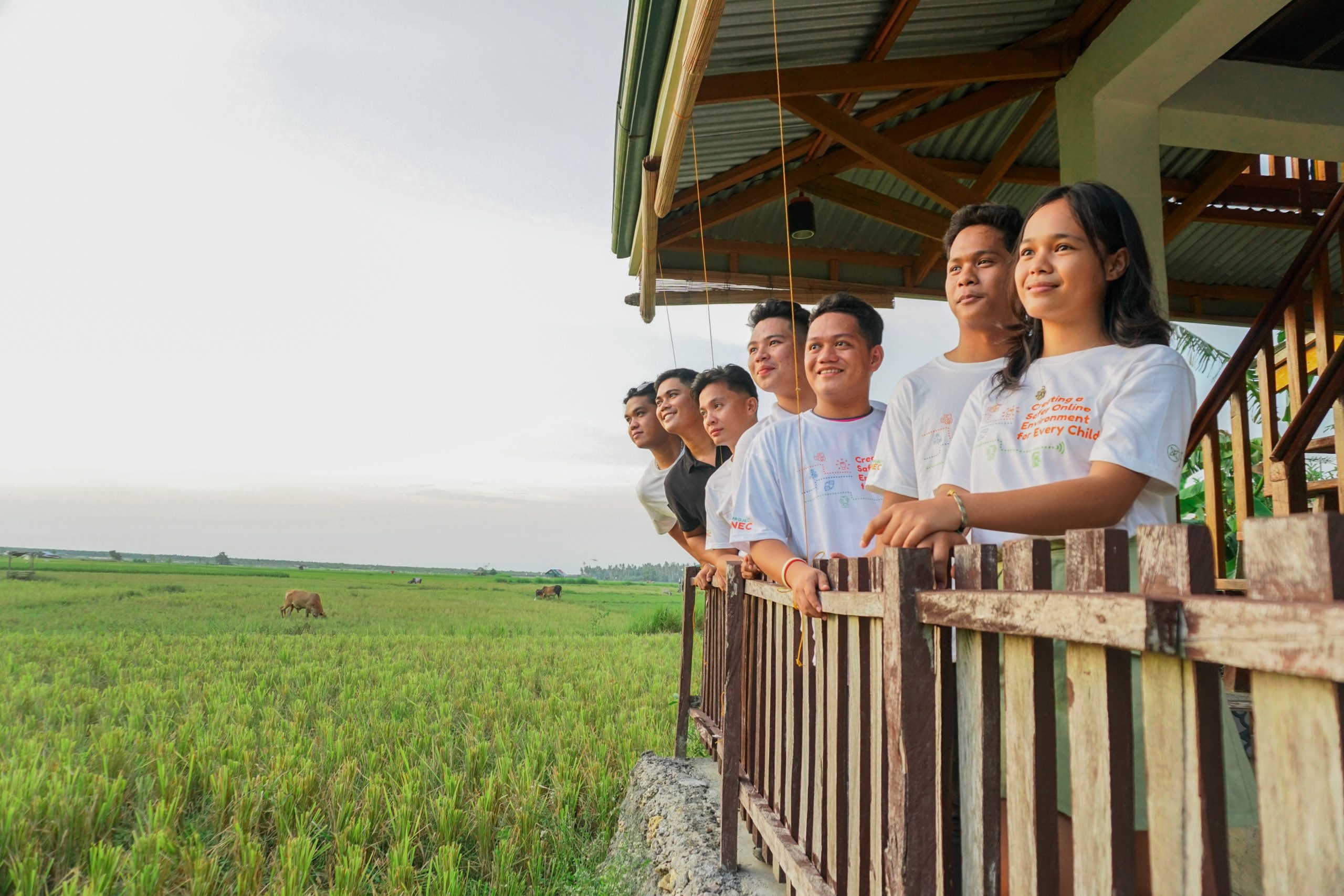
Werken bij Terre des Hommes is strijden tegen uitbuiting van kinderen
Vacatures
Zet je in tegen uitbuiting van kinderen en kom werken bij Terre des Hommes. Wij strijden al sinds 1960 tegen uitbuiting van kinderen. Wereldwijd. Betaald of vrijwillig, als medewerker van Terre des Hommes draag je met jouw talent en kennis zelfstandig bij aan onze missie. Wil jij het verschil maken voor kinderen? Dan is werken bij Terre des Hommes iets voor jou.



